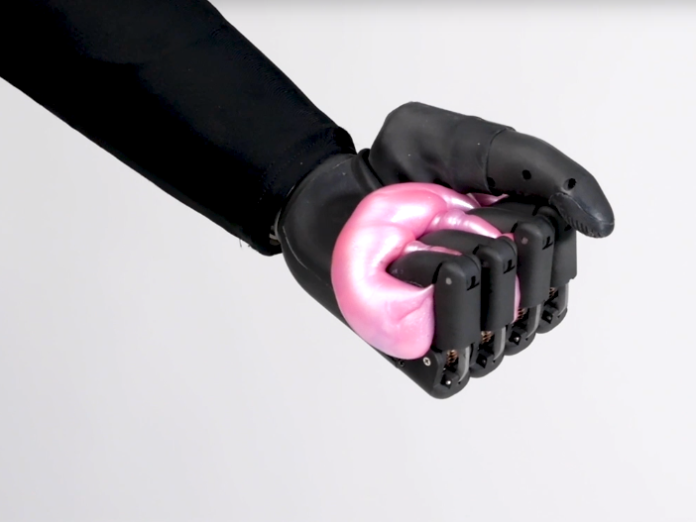The existence of prostheses is due to the need for constant dynamics in life. Loss of a limb can stall this dynamic progress completely on an individual level. And on a greater scale, it can slow down entire societies. The constant progress since our ancestors came down from the trees has bolstered our position on top of the food chain. A load of amputation not only challenges the position but also eliminates the possibility of further growth.
The first documented existence of prostheses dates back to the medieval ages. Back then it was made up of expensive materials and was extremely heavy. Wielding them for entire working days might have been a fitness challenge. Apart from the required fitness, the wealth required to acquire one was enormous. Thus, the practice of using prostheses was restricted among the wealthy and powerful of society. Only a few craftsmen were able to manufacture them in very small quantities. Hence, the access was limited only to the important.
Today the scenario is different. Prostheses are in production worldwide. In an extremely short amount of time, the clunky heavy prostheses were transformed into sleek and precise instruments for achieving anatomical completeness.
Bionics:
The technology used in realising prostheses changed drastically. And as a discipline, it benefitted from multiple allied disciplines. In the era of neuroscience, bionics was the biggest addition. Perhaps the biggest addition to date. Hand prostheses equipped with bionic technologies can act in accordance with the wielder’s will. With good hardware support, it is effortless to perform necessary and simple gestures with a bionic prosthesis.
After the emergence of bionics it was quickly accepted around the world and today a competitive market is emerging from almost nothing. Thus the bionic hand price is quite competitive and accessible by the masses.
A bionic prosthesis is controlled by an onboard microcomputer. This computer receives electromyographic signals generated by the residual muscles. EMG sensors placed noninvasively on the skin receive this information and feed the same to the computer. And, as the hardware supports the information is translated into gestures and actions.
Service and care
Clearly, a bionic prosthesis packs a lot of delicate electronics. And requires close attention for sustained usage. An amputee must understand the limitations and capabilities of the prosthesis completely in order to keep it in working condition. Periodic service and technical support are also essential in cases of ordeals out of the amputee’s reach.
Protection from dust, water and wind is of the essence. Hence careful use is recommended. But it is not always possible to maintain the care and protection in the daily toil. The practical choice is to find a prosthesis versatile enough for indoor and outdoor use and with good serviceability.
Materials
Unlike medieval prostheses, modern-day prostheses are made up of materials with high strength to weight ratios. Thus they are significantly lightweight. This lightweight nature comes with an optimized ergonomic experience, a result of years of research and development. The components in direct contact with the skin are now made up of superhydrophobic materials like silicone elastomers. These materials are utilized in order to reduce friction and discourage any deposition of the same. Less water deposition means little to no chance of infection. This remarkable advancement in the materials used in the build of a modern prosthesis has made it more usable, durable and accessible for the common man.
Author’s note
A modern-day prosthesis still can not give back the ability of sensory reception. But new paradigms of sensor placements are on the horizon. The neuromusculoskeletal sensor paradigm is able to penetrate the sensory nerve bundles. Hence with adequate hardware support can feed sensory information to the brain. The prospects of wielding a modern-day prosthesis are huge. But unfortunately, not many people around us are aware of the same. Due to this lack of knowledge, many amputees lose all hope of rehabilitation. The very knowledge can light up the darkest hour of depression and seclusion. As responsible citizens, the educated must act and spread the word. Not just for commercial interests, but for the greater good.


